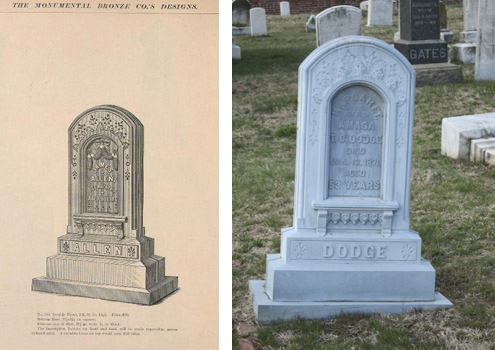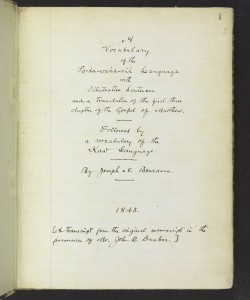
This Catalogue of the Monumental Bronze Co. is one of the many examples of trade literature that the Cooper-Hewitt National Design Library has in its collection; they are among the most valuable research resources for documenting the tastes and trends of culture, and the products being marketed and sold in a given time period. These are Victorian era zinc sculpture and ornaments for cemetery grave markers and “monuments”. “White bronze” was an attractive, elegant trade name for zinc. It actually has a bluish gray color and is easy to spot from quite a distance amongst the more traditional and widely used traditional marble, limestone and granite memorials in cemeteries.

